Coco Chanel is famous for many things: pearl necklaces, quilted bags, understated elegance, Nazi collaboration. Her acid-tongued distaste for her fellow fashion designers is a lesser acknowledged part of her biography. She reviled Christian Dior (‘Dior doesn’t dress women. He upholsters them’) and feuded with Elsa Schiaparelli (‘that Italian artist who makes clothes’). She was also withering about her peer Paul Poiret, whose long-lined, opulently crafted clothing similarly sought to free women from the strictures of corsets – even if he then bound their ankles with hobble skirts. ‘Scheherazade is easy,’ she said tartly, referring to Poiret’s taste for Orientalist silhouettes. ‘A little black dress is difficult.’
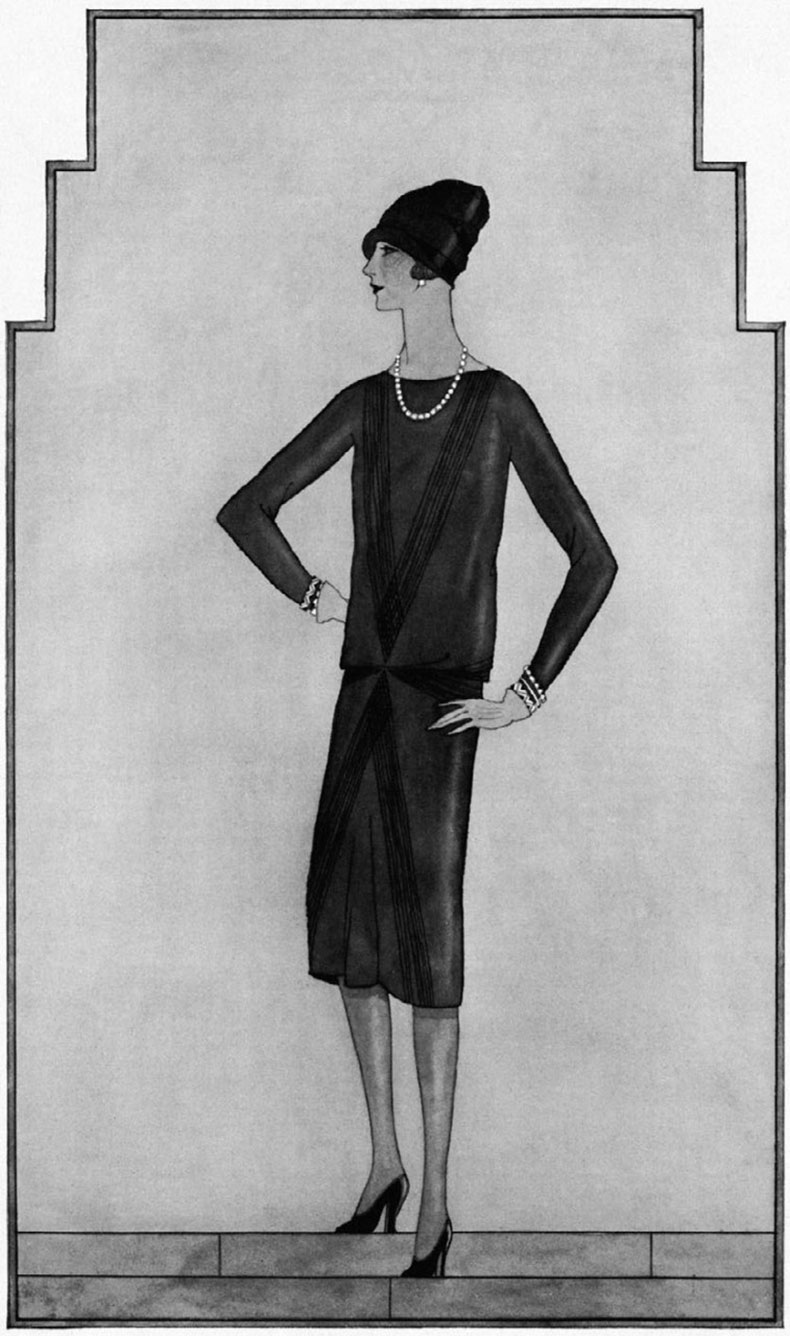
Illustration of Chanel’s little black dress by Main Rousseau Bocher, published in Vogue (October, 1926)
The disapproving ghost of Chanel hangs over ‘Beyond the Little Black Dress’ at the National Museum of Scotland in Edinburgh. One of her creations greets viewers near the door: a simple, black silk crepe shift with chevron panels and long sleeves from 1926. The Chanel LBD is still held up as an icon of design: easy, flattering and flexible, it continues to fulfil US Vogue’s promise of being ‘the frock that all the world will wear’. On first glance it is surprisingly dowdy, not so much sleek as sack-like. Its presence, entirely necessary for the show, sets an interesting tone for an exhibition seeking to reinterpret the unassailable status of the LBD – acknowledging the garment’s stripped-back origins before quickly seeking to move beyond them.
‘Beyond the Little Black Dress’ is an exhibition in which most of the garments are black, though not all of them are entirely and several are not dresses at all. Beginning with Chanel and Dior, it offers a whistle-stop tour of the myriad ways in which the black dress has been approached, embraced, twisted and dispensed with. Few of the garments here would fulfil the rest of that famous Vogue assessment of Chanel’s LBD as being a ‘Ford’ dress (i.e. as functional and well-executed as a model T-Ford car). Instead, we skip from Yves Saint Laurent’s sultry Le Smoking tux (1979–80) through to the bulbous bulges from Comme des Garçons’s ‘Body Meets Dress, Dress Meets Body collection’ (1997), with pit stops via Virgil Abloh’s ironic knit featuring the white words ‘Little Black Dress’ in quotation marks and an excellent section on Afrofuturist aesthetics overseen by an imposing Maximilian gown.
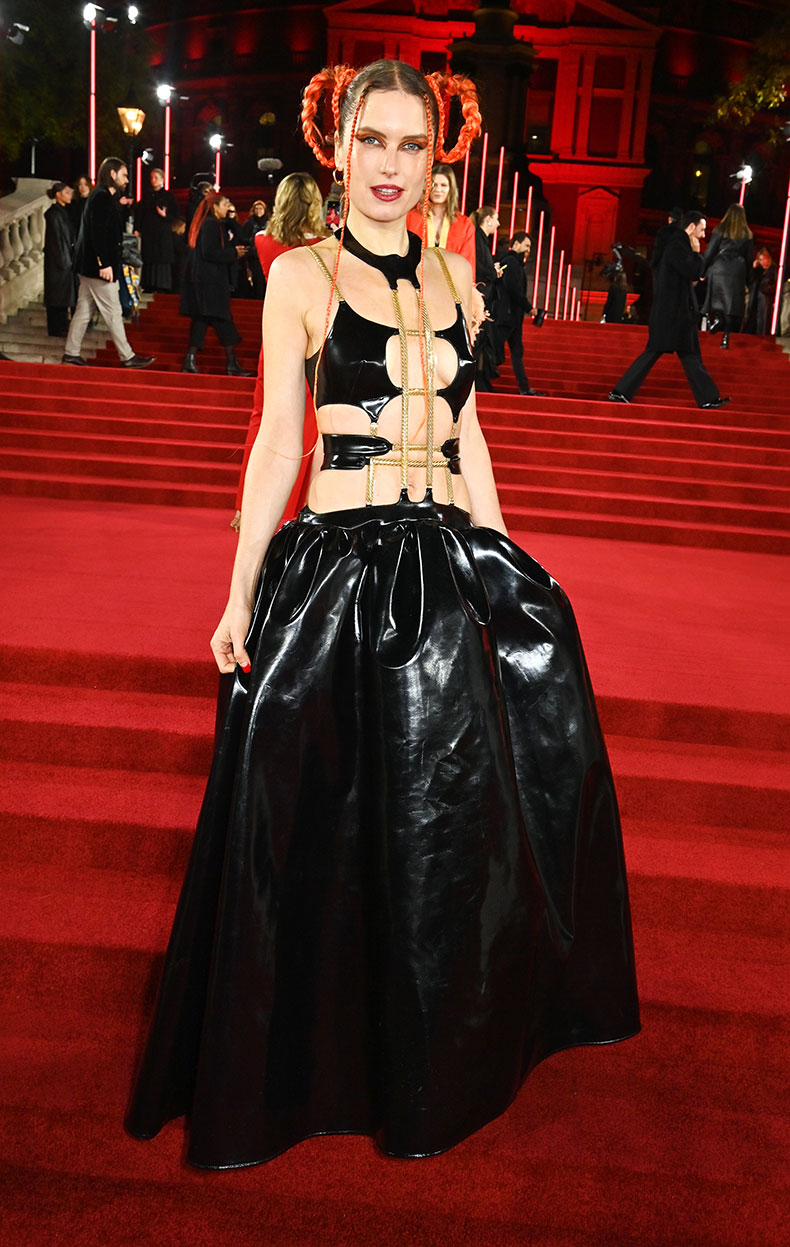
Henri Bergmann wearing Christopher Kane’s ‘Hellbound dress’ (Fall/Winter 2022) at the Fashion Awards 2022 at the Royal Albert Hall in London. Photo: David M. Benett/Dave Benett/Getty Images
All the themes one might expect from an examination of black are present: sex, death, religion. We get beautiful velvet mourning dresses and AIDS crisis-era Versace, kinky Christopher Kane latex and Catholicism-heavy Simone Rocha. Various subcultures get a look in too, with Zandra Rhodes’s jewelled punk wedding dress being a particular highlight. Like most colours, black is a mass of contradictions: establishment uniform and countercultural riposte, dowdy or even pious understatement and erotic suggestion. Like its fellow non-colour white, black occupies the strange position of being a neutral that is anything but.
It’s fun to imagine Chanel being scandalised by some of the more outré designs on display: Gareth Pugh’s glorious drinking straw gown (2015), for example, which manages to be both very gothic and kind of hilarious. Or Sineád O’Dwyer’s wonderful suspender top and naked dress from her SS23 collection, produced in a sample size 18–22. A section devoted to the technical craft of the black dress, touching on the fiendish difficulty of producing something deliciously simple, feels like more standard territory, the air filled with the diligent sound of snipping.

A Gareth Pugh dress embellished with black plastic drinking straws (Autumn/Winter 2013). Photo: © David Eustace.
Outside of the blockbuster designer retrospectives, a lot of the more ambitious fashion exhibitions at the moment are about a thing and the subversion of that thing. They are attentive to the status quo and those who challenge it. This is by and large welcome progress – as is the fact that the material conditions of the fashion industry, from its environmental toll to the exploitation of those who make our clothes, takes its place as a topic of concern and extended exploration alongside the pretty dresses. However, if one tiny gripe can be made, I’m not sure if the LBD’s continued existence in all its varied forms could be described, as per the show’s closing note, as ‘a radical form of resistance’. Some iterations have been radical and the show makes a thoughtful effort at documenting the garment’s relationship with race, gender, class, faith, sustainability, consumerism and more, but one doesn’t need to overstate its dissident potential to enjoy its varied and often spirited guises.
‘Beyond the Little Black Dress’ is at the National Museum of Scotland, Edinburgh, until 29 October.
Unlimited access from just $16 every 3 months
Subscribe to get unlimited and exclusive access to the top art stories, interviews and exhibition reviews.


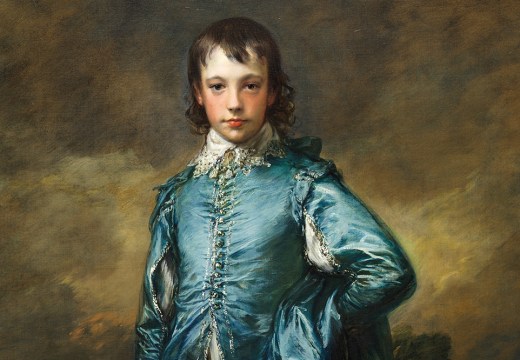
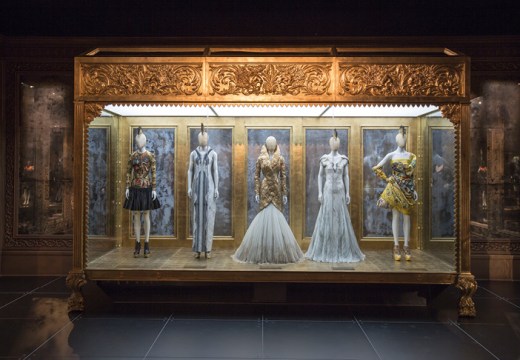
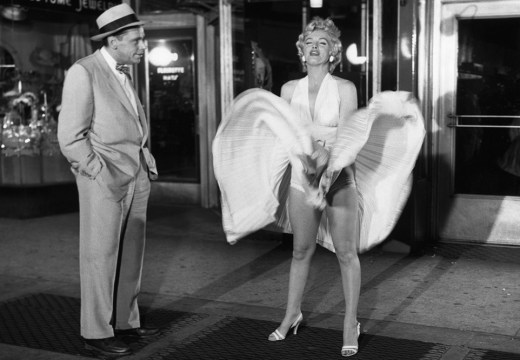









![Masterpiece [Re]discovery 2022. Photo: Ben Fisher Photography, courtesy of Masterpiece London](http://www.apollo-magazine.com/wp-content/uploads/2022/07/MPL2022_4263.jpg)
It’s time for the government of London to return to its rightful home